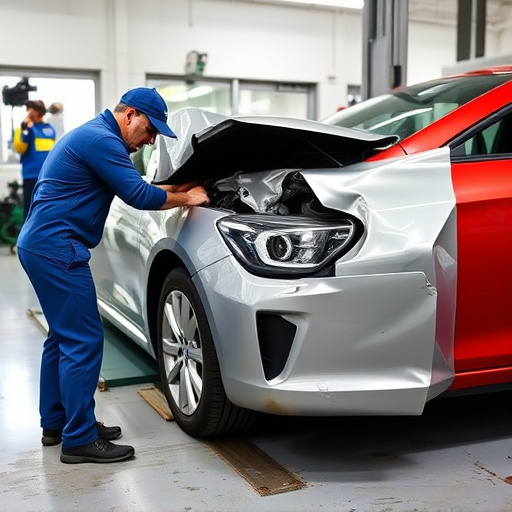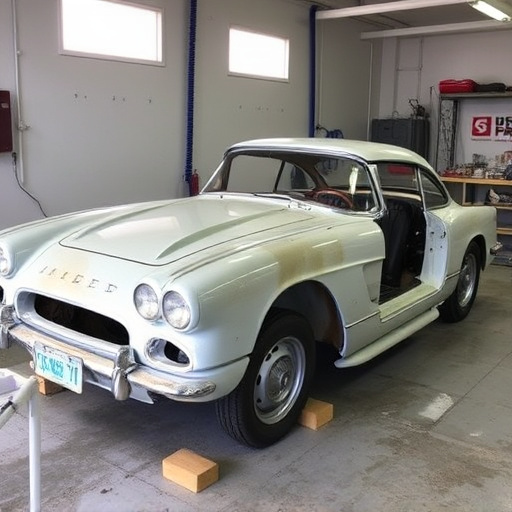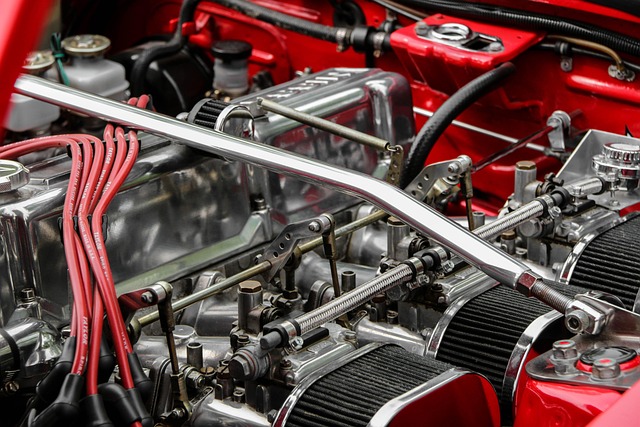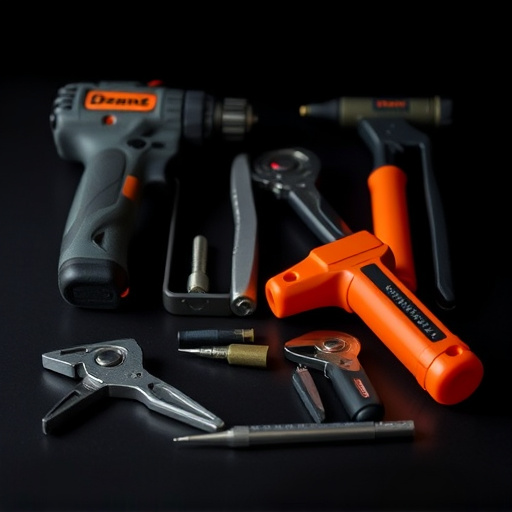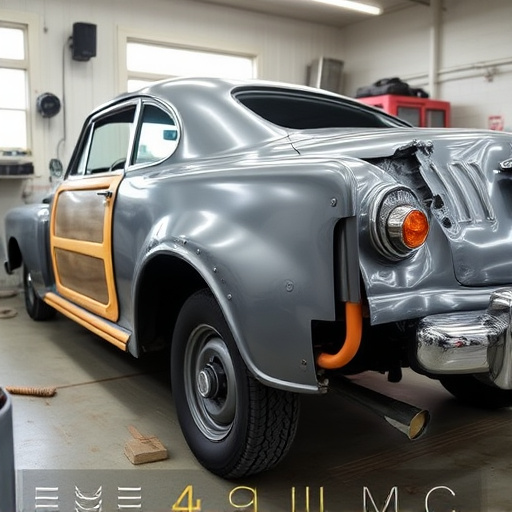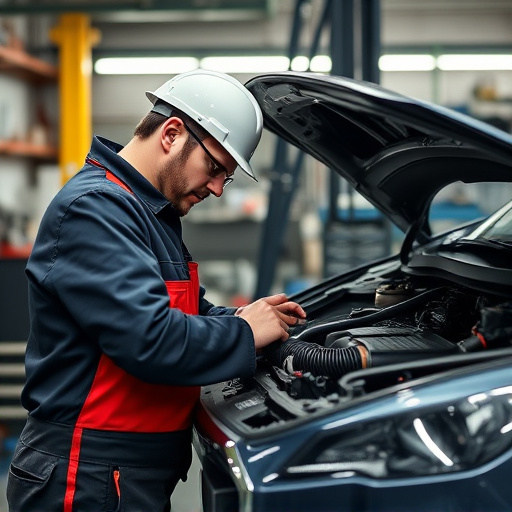Mercedes THERMOTRONIC repair after battery disconnection requires specialized knowledge and safety precautions. Experts diagnose issues like faulty heating or cooling through inspections of sensors, wiring, and thermal modules. Common problems include corrosion, loose wires, and faulty sensors. Repairs involve cleaning, replacing, and calibrating components for optimal system performance and comfort. Safety measures include disconnecting electrical components, using insulated tools, and preventing short circuits to avoid damage during the Mercedes THERMOTRONIC repair process.
Mercedes THERMOTRONIC systems are integral to maintaining optimal cabin temperatures, ensuring comfort and efficiency. However, battery disconnection can disrupt this delicate balance, requiring prompt repair. This article guides you through understanding the Mercedes THERMOTRONIC system basics, safely disconnecting and preventing issues, and offers a comprehensive step-by-step repair process for common problems. Learn how to efficiently diagnose and fix your Mercedes THERMOTRONIC system like a professional.
- Understanding Mercedes THERMOTRONIC System Basics
- Steps for Safe Battery Disconnection and Precautions
- Repair Process: Troubleshooting Common Issues
Understanding Mercedes THERMOTRONIC System Basics
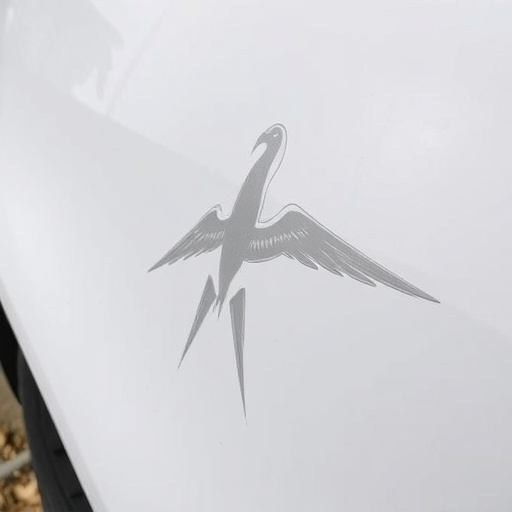
The Mercedes THERMOTRONIC system is a sophisticated climate control mechanism designed to maintain optimal interior temperatures, enhancing driver and passenger comfort. This innovative technology utilizes a network of sensors and actuators to regulate heat exchange within the vehicle. At its core, it features a highly efficient heating and cooling module, responsible for distributing conditioned air throughout the cabin. The system’s intelligence lies in its ability to adapt to varying external conditions, ensuring a comfortable environment regardless of weather.
Understanding how this system functions is crucial when addressing Mercedes THERMOTRONIC repair, especially after a battery disconnection. Auto body repair experts must recognize that the system relies on electrical signals and power from the vehicle’s battery to operate effectively. A temporary loss of connection can disrupt the delicate balance, leading to issues like faulty heating or cooling. Thus, for any automotive collision repair or vehicle repair involving THERMOTRONIC, proper diagnosis and specialized knowledge are essential to restore optimal performance.
Steps for Safe Battery Disconnection and Precautions
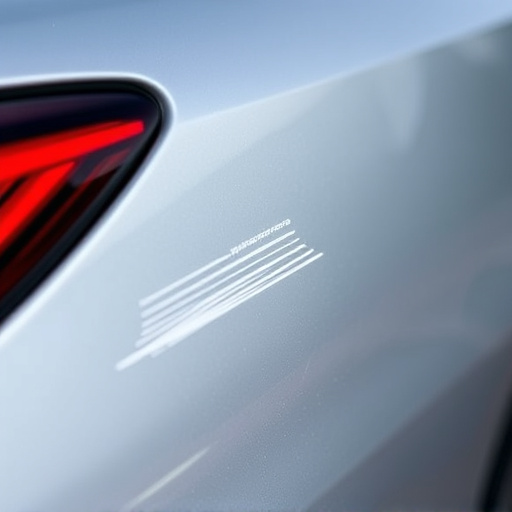
When addressing a Mercedes THERMOTRONIC repair after battery disconnection, safety is paramount. Before disconnecting the battery, ensure all electrical components are off and the vehicle is parked on a level surface with the handbrake engaged. This minimizes the risk of accidental operation or electric shock. Next, locate the battery and identify its terminals—positive (+) and negative (-). Use insulated tools to avoid short circuits, and always discharge any residual voltage in the system to prevent harm.
In addition to these steps for safe disconnection, several precautions should be taken. Wear protective gear, including gloves and safety glasses, to shield against potential hazards. Work in a well-ventilated area, as batteries can release harmful gases. Moreover, never smoke or use open flames near the battery, and keep flammable materials away. If you’re not confident in your abilities, it’s advisable to consult a professional car body shop for assistance to prevent any damage or complications during the disconnection process, ensuring a smooth Mercedes THERMOTRONIC repair. Remember, even routine tasks like auto glass repair can become complex, underscoring the importance of expert intervention when necessary.
Repair Process: Troubleshooting Common Issues
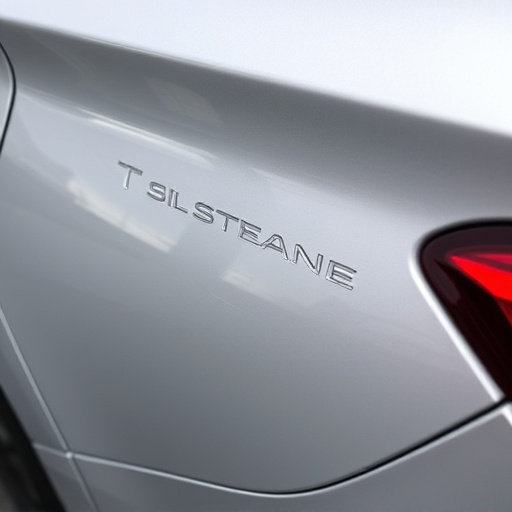
The Mercedes THERMOTRONIC repair process involves a systematic approach to troubleshooting and fixing issues, especially after a battery disconnection event. This typically starts with identifying the problem—whether it’s a malfunctioning heating system, cold engine start-up, or unusual behavior from the vehicle’s climate control. A professional mechanic will inspect various components like sensors, wiring harnesses, and thermal modules for any signs of damage or wear.
Common issues found during Mercedes THERMOTRONIC repairs after battery disconnection may include corroded connectors, loose wires, or faulty temperature sensors. A reliable body shop service provider will have the expertise to diagnose these problems accurately. Auto maintenance at this stage involves cleaning corrosion from connectors, resoldering or replacing damaged parts, and calibrating sensors for optimal performance. These steps ensure that the vehicle’s heating and cooling systems function correctly, providing a comfortable driving experience without any unexpected breakdowns.
Mercedes THERMOTRONIC systems, with their intricate design, require careful handling during battery disconnection and subsequent repairs. By understanding the system’s basics, following safety precautions, and mastering common troubleshooting techniques, car enthusiasts can effectively navigate the repair process. Remember, prompt action after a battery disconnection is key to minimizing potential damage, ensuring a smoother Mercedes THERMOTRONIC repair experience.
